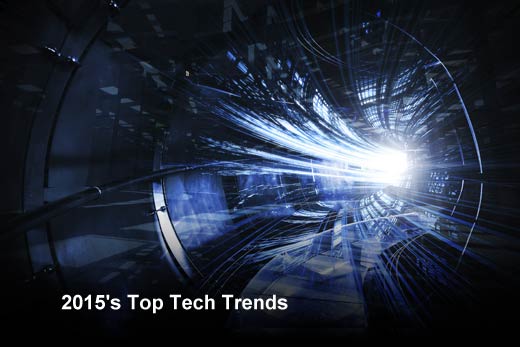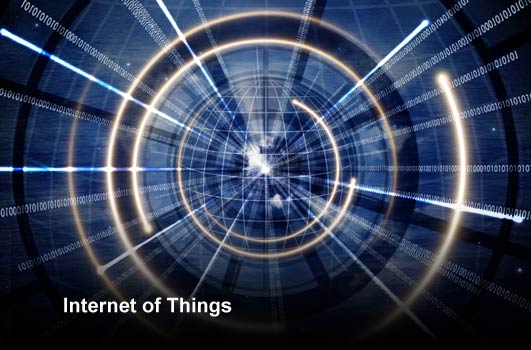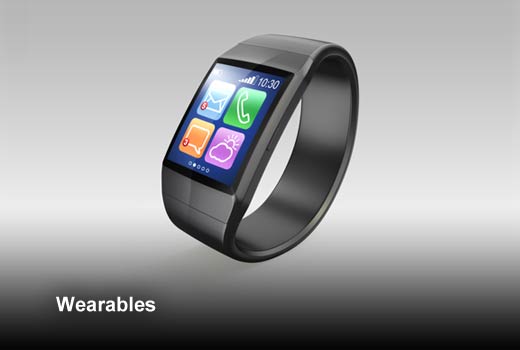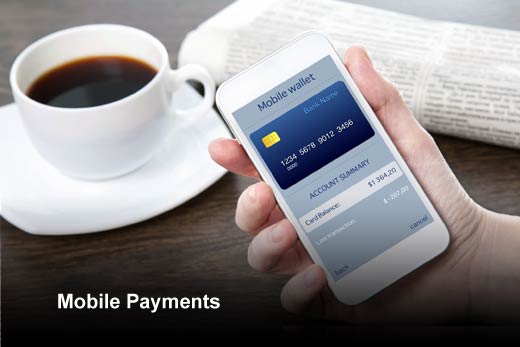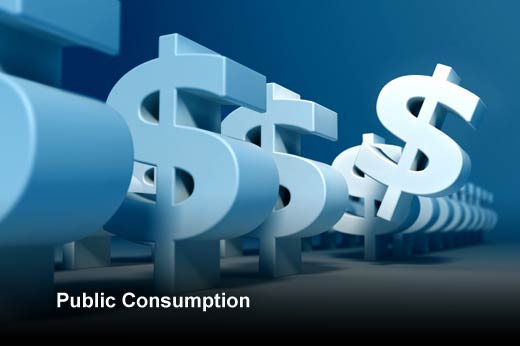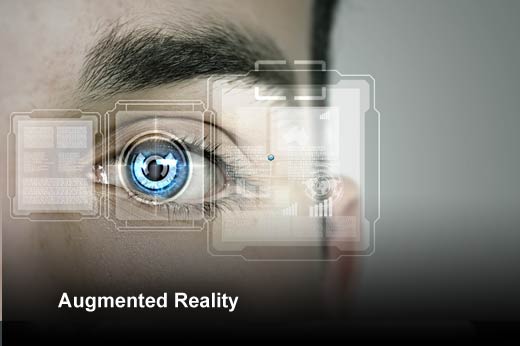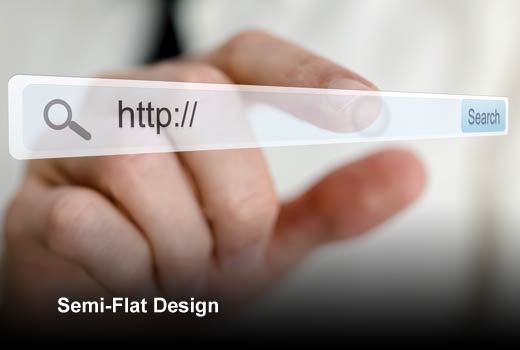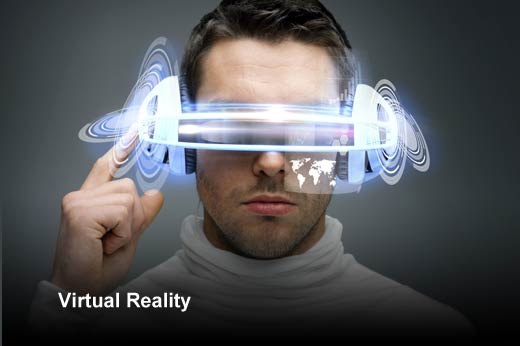2014 has been a truly memorable year for technology, but let’s be honest: Many of the innovations that had us talking this year still have yet to be perfected for widespread consumer and enterprise use. From wearables to the Internet of Things, all the way to mobile payments and augmented reality apps, 2014 has set up a myriad of new and exciting tools that will really begin to hit their stride in 2015.
One of the motifs that will really begin to take hold in 2015 is a distinct crossover between consumer and enterprise technology. We’re entering brand new territory with some of these breakthroughs, and they’ll all have a major impact on both the business and mainstream worlds.
In that vein, Himanshu Sareen, CEO of Icreon Tech, has provided a list of the upcoming software and technology trends for 2015.
2015’s Top Tech Trends
Click through for the top 10 software and technology trends for 2015, as identified by Himanshu Sareen, CEO of Icreon Tech.
Internet of Things
The Internet of Things will continue its meteoric rise in 2015, further blurring the lines between our digital and physical worlds. We’ll start to see more public spaces taking cues from places like the London City Airport, which has already adopted facial recognition and luggage-tracking software to make the travel experience flow more smoothly and seamlessly.
Wearables
With the Apple Watch and Android Wear already turning heads as wearable consumer tech, wearables are poised for crossover into the business space. From subtle notifications, to augmented reality apps like the ones Toshiba engineers are already using for repairing machines, 2015 will be the year when wearable technology begins to realize its potential to create a smarter and safer workplace.
Mobile Payments
Mobile payments have been around for a while now, but as competition between CurrentC, Google Wallet and Apple Pay begins to heat up, we’ll begin to see them rise in popularity as we head into 2015. For these new digital wallets to become the “credit-card killers” they’re cracked up to be, it’ll be a matter of getting more NFC readers in more businesses and making the process as secure and convenient as possible. This will take some time, but as smartwatches and other technologies begin implementing NFC features, the clock for mobile payments will truly begin ticking in 2015.
Public Consumption
Just as it was considered strange for people to broadcast their interactions and friendships when Facebook and Twitter first launched, there’s a heavy skepticism toward the social sharing of cash purchases or transactions. But as we move into 2015, the exchanging of money via platforms like Venmo or PayPal will very quickly become commonplace as social networks continue to make connections between what people are saying and what they are buying.
Online Security
In the shadow of recent cyber attacks on businesses like Sony, Target and Home Depot, security is becoming a paramount issue in the technology world. According to a recent survey, nearly half of IT leaders plan to invest more next year in order to protect themselves from viruses, identity theft, and other intrusions from potential threats. Whether it’s girding a website for potential security threats, developing a robust privacy policy, or ensuring compliance with government-driven regulations, businesses in 2015 will place a greater emphasis on preparing for whatever security issues they might encounter.
Augmented Reality
While the launch of Google Glass may not have been as successful as some might have expected, augmented reality as a tool has seen a great share of success, which will only grow in 2015. From iOS-friendly thermal imaging tools, to written text translators, the applications of AR are as relevant to consumers as they are to the enterprise. As the tech continues to evolve, expect to see AR in the workplace as a valuable tool for education, safety and utility.
The Mobile Sharing Economy
Over the short span of its existence, the mobile sharing economy of apps like Lyft, Postmates and AirBnB has already caused drastic changes to the service landscape. Within this new mobile-driven framework, a whole world of opportunity is open to any innovative businesses that are brave enough to take on the risks that this new economy presents. If businesses can adopt some of the experience of companies like Uber and Lyft — and learn from their mistakes — they’ll find themselves well-prepared to enter the fray in 2015.
Semi-Flat Design
From the skeuomorphic approachability of Apple’s interfaces, to Windows’ notably flat approach in Windows 8, we expect to see a new design aesthetic emerge in 2015: semi-flat UI. Embodied by the bold minimalism of Google’s new material design, semi-flat UI is a more aesthetically pleasing alternative to skeuomorphism. We expect that in particular, the “cards” element of material design — that is, small interactive cards that house small bite-size functions — will really catch on in all types of interfaces throughout the coming year.
Virtual Reality
After Facebook’s acquisition of the VR trailblazer Oculus, companies like Sony, Samsung and Google were quick to follow suit with goggles of their own. But where will VR take us beyond the world of videogames? It might be hard to see the initial utility, but the software can completely change the way employees interact with things like 3D models of virtual prototypes, which Ford is already using to great effect. VR will also be a boon for the marketing space, where companies will be able to provide immersive previews of unreleased products.
Translation in Real-Time
Real-time translation has long been viewed as a far-off sci-fi dream, but 2015 may just be the year when it becomes a widespread reality. The big obstacle here, of course, pertains to execution: Whether or not the tech catches on is entirely dependent on how well it works. But with what we’ve seen of Skype’s impressive Translator functionality and AR apps like the written-word translator Word Lens, we believe the communication barrier may very soon become a thing of the past.


